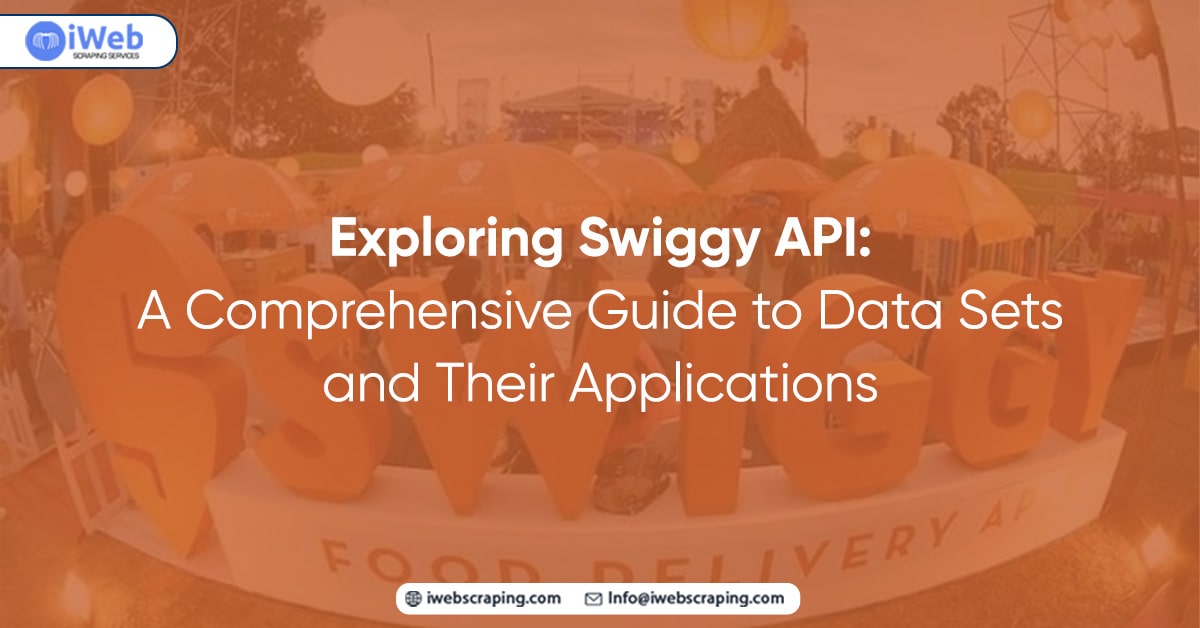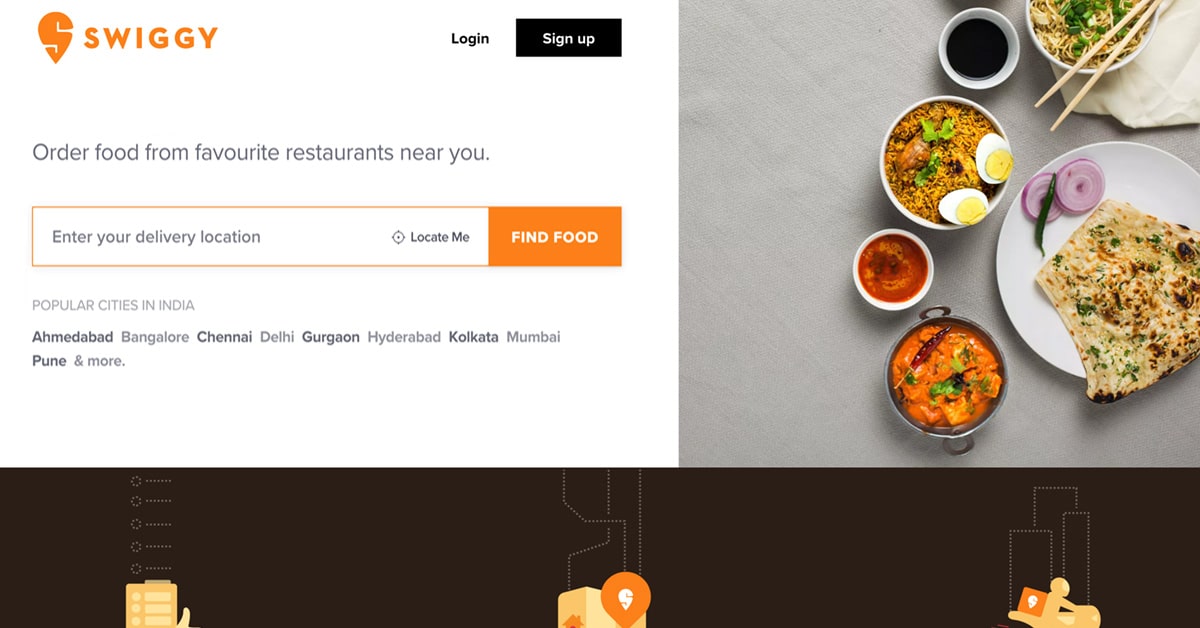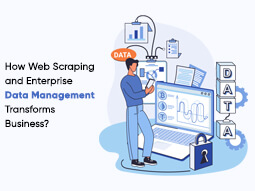Exploring Swiggy API: A Comprehensive Guide to Data Sets and Their Applications

The food and beverage market has fragmented, with various new players and service delivery models. Customers have varied choices to order from, compare prices and quality, and skip long queues. The impact can be seen in the order volumes, and to remain profitable, brands are exploring innovative and effective ways to keep their sales intact.
Instacart, Swiggy, Zomato, and Uber Eats are some of India's leading Food Delivery Web startups.
This article explores some interesting aspects of data around food deliveries in India that these companies have captured over time. The analysis was done using free APIs provided by them on their websites. All data sets have been anonymized to protect the identities of the customers.
Overview of Swiggy API

Swiggy is a leader in the Food Ordering space in India. According to them, they have more than 150,000 orders per day. It makes them the most effective food ordering platform in the country. It provides services in 6 languages: English, French, Hindi, Marathi, Tamil, and Telugu.
They have various restaurant tools on their site to track their business. It provides analytics tools to help speed up delivery times and improve customer experience. In addition, they offer an API that is used by other payment processing platforms like PayPal, Google Pay, and Amazon Pay, as well as iOS development platforms like Xamarin and React Native.
To use Swiggy API , you must register an account with them. You will not need to worry about obtaining an API Key. You will be able to interact with their API once you are registered. The information that is available per restaurant is as follows:
Restaurant name:
The restaurant's name and address can be obtained with this information. You can get the phone number for customer support and access to social media channels such as Linkedin and Twitter. It can help in analytics data for the business or the parent company if it has multiple restaurants.
Type:
The type of restaurant is the most critical piece of information that is available. This information can provide insights into how customers interact with the restaurants in our Swiggy API. A significant number of orders are placed for delivery as well as pick up. This category can differentiate between different types of restaurants, such as local eateries, fast food chains, and takeaways, which can be used to target specific campaigns.
Hours:
When customers visit the restaurant and order through Swiggy, they use an exact time by filling in a request form on their website or mobile app. This includes details such as when the order was placed, when it was established, and how long it has been pending. This information can help restaurants in providing a more accurate estimate for preparation. The arrival of the food items helps customers find out how long an item takes to prepare.
Average Delivery Time:
The average delivery time can help a restaurant understand the orders' status before delivery. It provides information regarding the most popular times of the day and the types of orders made during these times.
Product Info:
The information from Swiggy allows restaurants to track their order volume and growth patterns daily. It affects how they set prices, as high demand requires businesses to differentiate themselves with better pricing. This data provides information regarding the frequency of customers ordering items not part of their delivery service options, such as catering services and catering trays for tailgating parties in football stadiums, etc.
Types of Data Sets in Swiggy API
The Swiggy API lets you get information about orders placed through their platform. These can be broken down into the following categories:
Payment Methods:
This function will provide an overview of the various payment methods used to place orders. It helps restaurants better understand their customer base and help them in analyzing which payment methods are most suitable for them.
Partners:
The partner's section helps you obtain information about the delivery services customers use when placing orders and other available services. It enables you to determine how vital these partners are to your business and whether your customers are utilizing them.
Product Info:
Information regarding the products ordered on Swiggy can be obtained with this function. It is essential to track this data as it tells you how successful your business is at delivering food items.
Customer Feedback:
Customer feedback can be obtained in this section. It contains information regarding customer satisfaction levels with each restaurant. It allows you to determine which restaurant provides the most positive and which has the most negative customer comments. This can be used to refine your marketing strategies. You can understand why customers are dissatisfied with a specific restaurant.
The Swiggy API allows restaurants to track their order volume and monitor traffic trends and loyalty programs. It provides information regarding what products people order through the platform.
Application of Swiggy API Data Sets
1. Categorization of Orders.
Decide on the categories you want to be present on your online portal. The categories can be categorized into what is being sold (Food/ Non Food) and the period. For example: If a restaurant has a few brands, they can categorize it into Branded food and Non-Branded food.
They can then divide the market into segments based on periods, like the Breakfast, lunch, dinner, and weekend menus. By doing this, customers can order according to their schedule.
2. Promotion Strategies
It allows restaurants to track their order volume. It monitors traffic trends and loyalty programs by providing information regarding what products people order through the platform.
3. Inventory Management
It helps restaurants to follow up on items that are frequently ordered. This will help them keep track of their stock and decide if they need more inventory or can stop ordering it all based on the number of customers requesting it. Restaurants can use this data to discontinue unprofitable items and improve the item's popularity.
4. Customer Segmentation
It helps restaurants understand the pattern of orders and target specific customer segments for better service or products. They can create custom offers for each segment based on their tastes and preferences, encouraging specific customers to visit more and increasing overall profits.
5. Supply Chain Management
It helps restaurants track their order volume and monitor traffic trends and loyalty programs. In addition, it provides information regarding what products people order through the platform. It allows restaurants to determine which supply chain partner is most suitable for them. It let them know whether the profit margin of these items is high enough for the business to keep ordering them.
6. Analysis of Order Information.
Data collected from Swiggy API is available in Excel to sort and filter your data according to parameters like location, category, payment method, etc. This information is then used to improve your online business to increase consumer convenience. It can make online ordering easier and more efficient.
7. Essential Training Tools.
You can get information about how to integrate with Swiggy API here. This article provides essential information about integrating, configuring, and setting up your app on the Swiggy App platform. It will provide tutorials on using Google Maps, getting a customer id, setting up Swiggy Account, etc.
Conclusion
Restaurant owners need to know what data is available through the Swiggy API. It can help them better understand their customers and provide valuable data for marketing purposes. It allows them to decide the optimal number of items on their menus and helps them set prices.
It provides information regarding the most popular time of day people are ordering. It helps restaurants establish a delivery business rather than depending on other providers. It includes information regarding how long specific orders take to fulfill and how frequently customers order such items. This helps provide insight into how popular a thing is so restaurants can develop strategies for providing such items to more customers.




